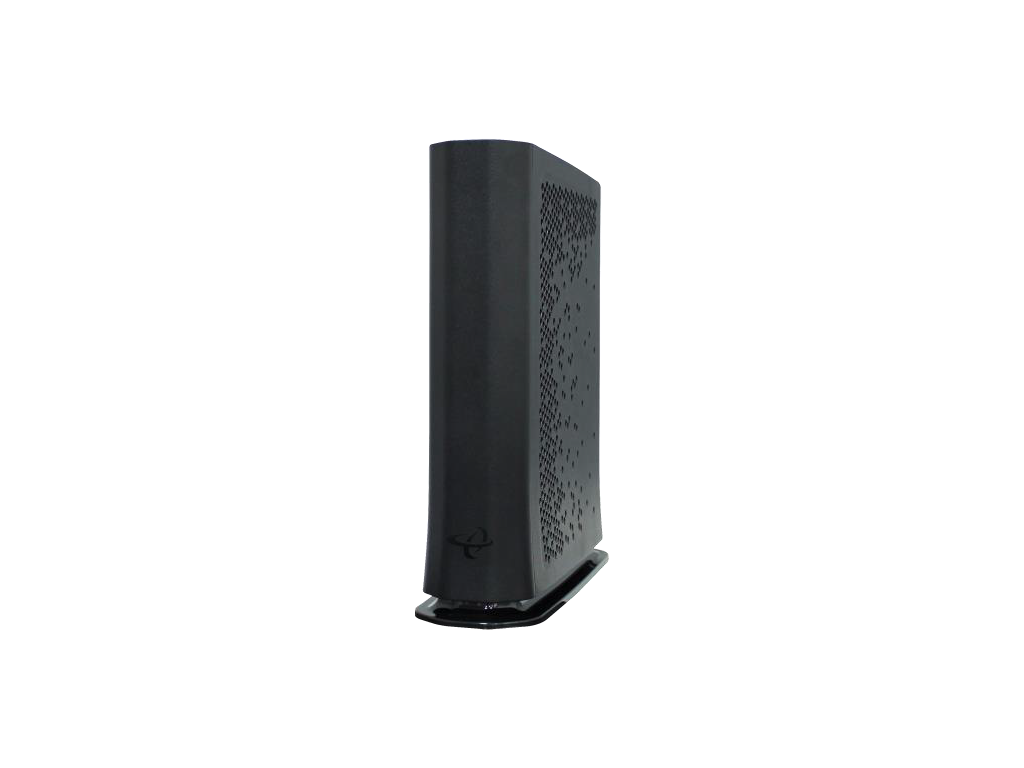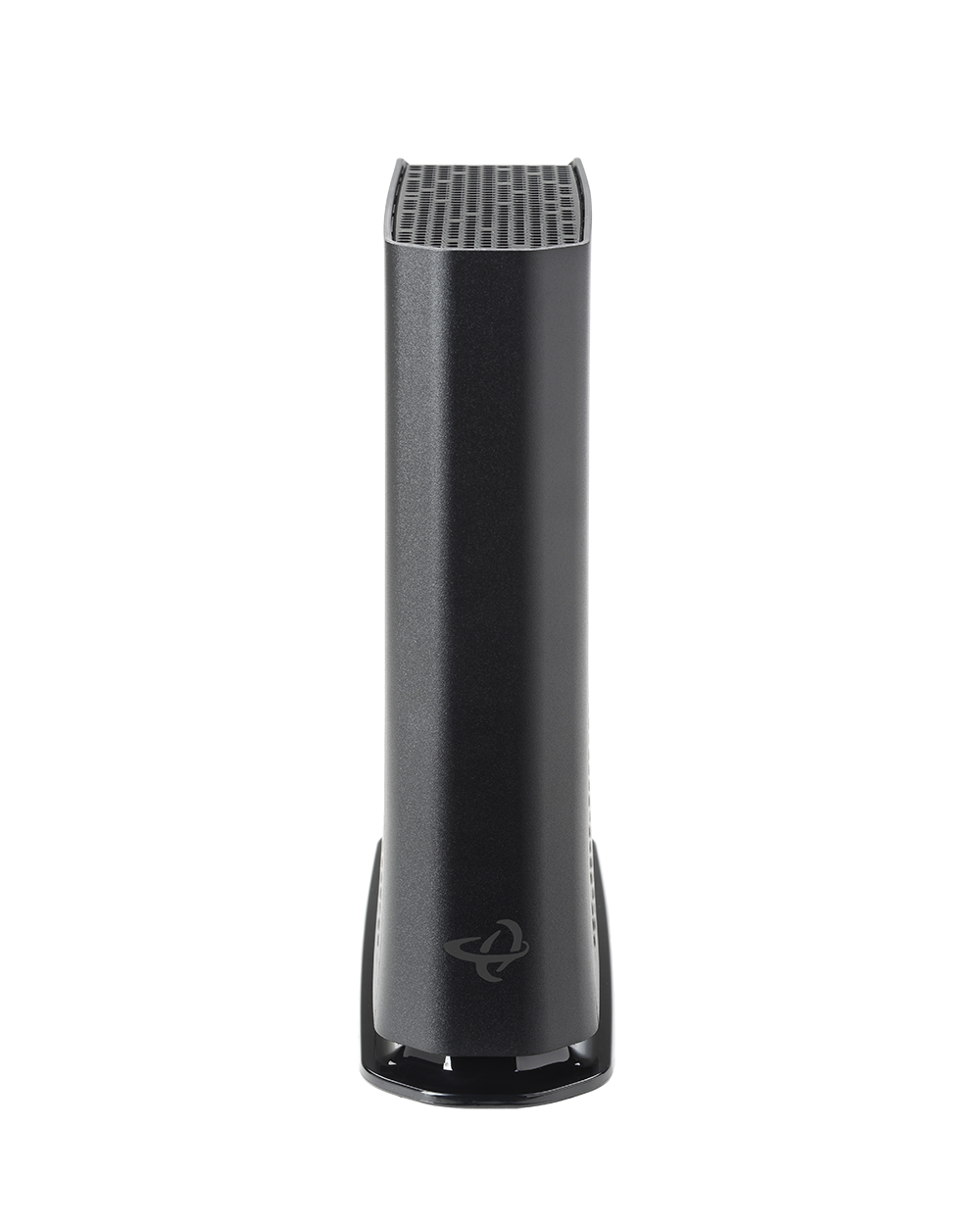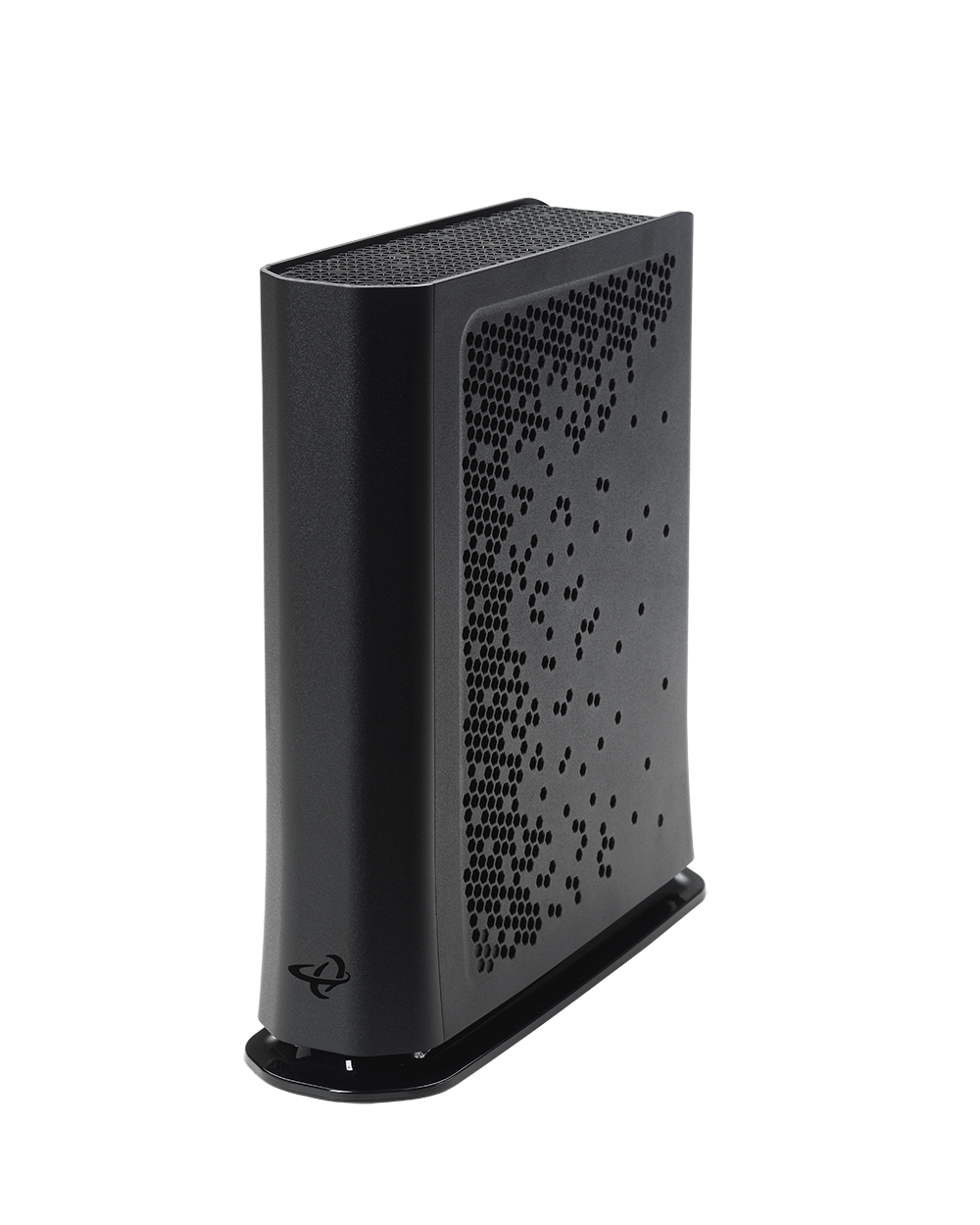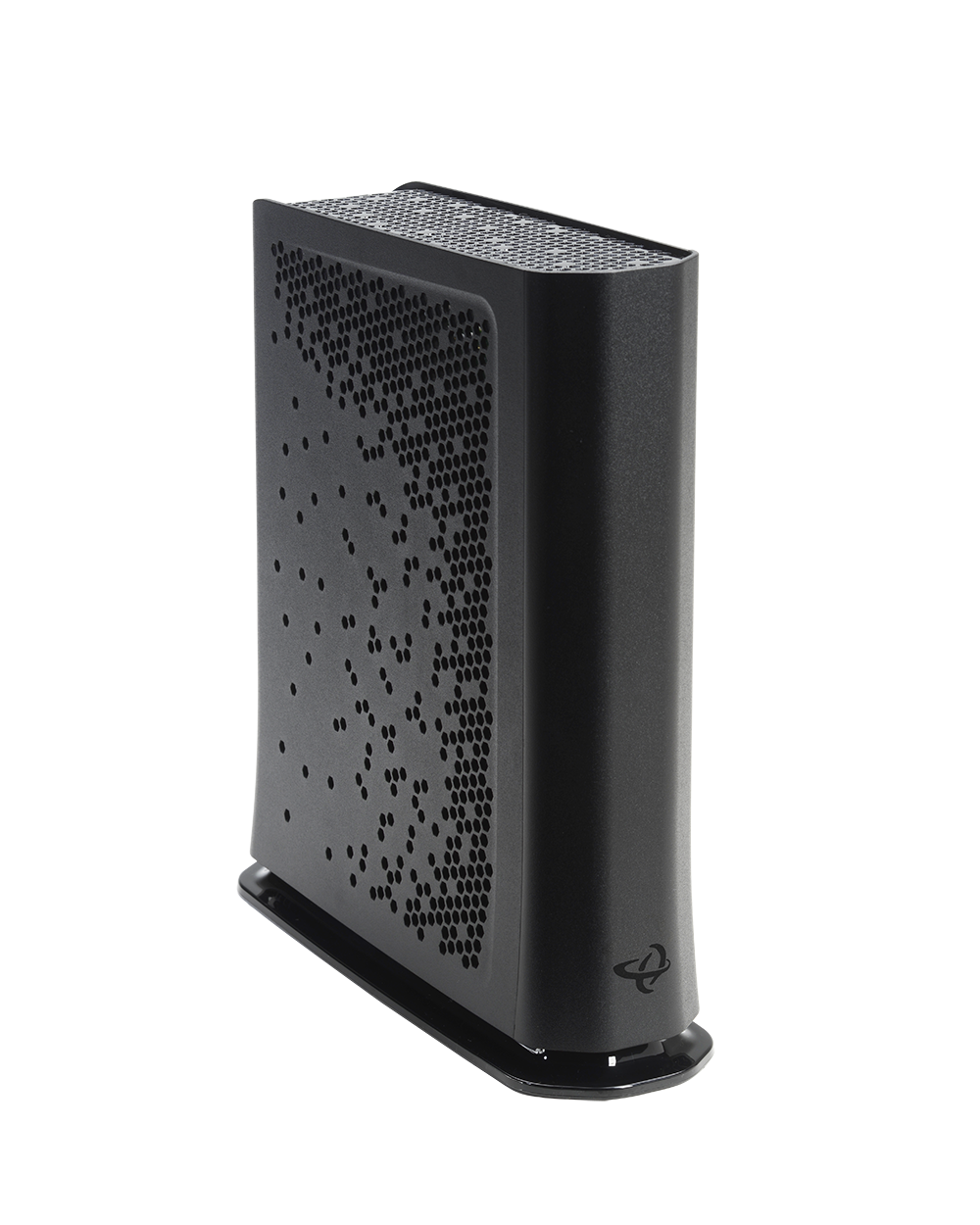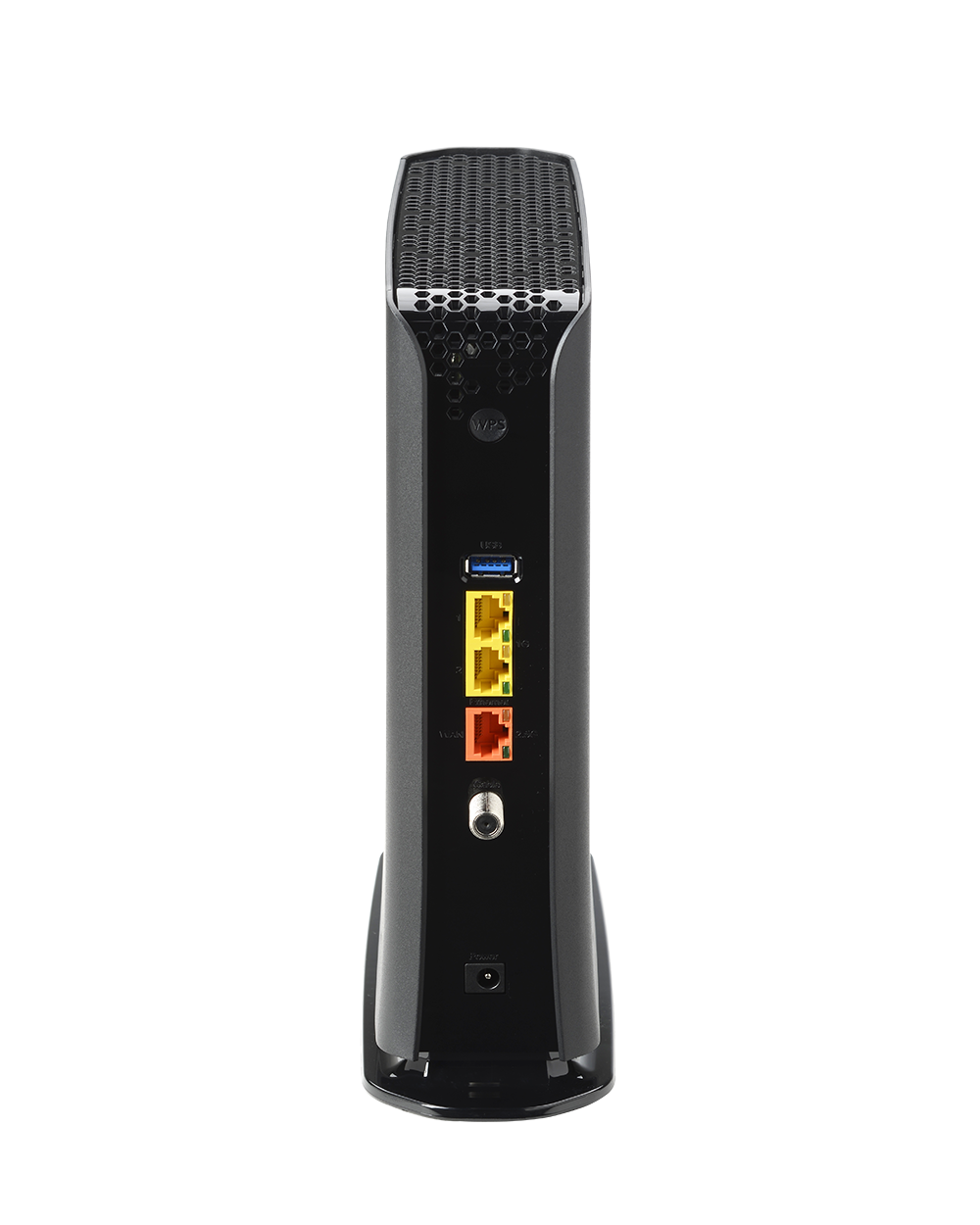Multi-Gig DOCSIS 3.1 Performance
With 2×2 OFDM/OFDMA and DOCSIS 3.0 32×8 bonding, the CODA-5712 delivers reliable multi-gigabit downstream capability while maintaining backward compatibility with DOCSIS 3.0 networks.
Switchable Upstream Frequency
Operators can toggle between 5–85 MHz and 5–204 MHz upstream paths, enabling smooth migration to high-split or future network architectures without swapping out hardware.
Robust Wi-Fi 6 Coverage
Dual-band Wi-Fi 6 with 4×4 5 GHz and 4×4 2.4 GHz radios delivers faster speeds, lower latency, and more efficient performance for multiple connected devices.
Built-in MoCA 2.0 Bonding
Turns existing coax wiring into a high-speed backbone—ideal for extending Wi-Fi coverage or providing stable wired connectivity in hard-to-reach areas.
Enhanced Wired Connectivity
Equipped with 1× 2.5 Gbps Ethernet port and 2× 1 Gbps ports for premium wired connections, plus a USB 3.0 port for media and NAS use cases.
Effortless Setup & Remote Management
Supports SNMP, TR-069, TR-369, HNAP, MyHitron+, and HitronCloud for simplified provisioning, diagnostics, and lifecycle management.
Benefits for Service Providers
- Comprehensive One-Box Solution: Combines DOCSIS 3.1, Wi-Fi 6, and MoCA into one device, reducing the need for multiple pieces of equipment.
- Future-Ready: Flexible upstream tuning ensures operators are prepared for evolving network upgrades.
- Hybrid Connectivity: MoCA delivers wired stability via coax while Wi-Fi 6 ensures high-capacity wireless coverage.
- Operational Efficiency: Streamlined deployments with remote management reduce support costs and truck rolls.
Key Specifications
- DOCSIS Support: DOCSIS 3.1 (2×2 OFDM/OFDMA) + DOCSIS 3.0 (32×8)
- Upstream Tuning: Switchable 5–85 MHz / 5–204 MHz
- Wi-Fi: Dual-band Wi-Fi 6 (4×4 5 GHz + 4×4 2.4 GHz)
- MoCA: Bonded MoCA 2.0 for high-speed coax-based wired uplinks
- Ethernet Ports: 1× 2.5 Gbps + 2× 1 Gbps
- USB Port: 1× USB 3.0
- Management: SNMP, TR-069, TR-369, HNAP, MyHitron+ app, HitronCloud
Documentation
Other Products to Consider
Product
Modem Type
Frequency
WiFi
Wired LAN
Voice
Learn More about Cable Modems & Routers
Modems, Routers and Gateways Explained
Having a better understanding about modems, routers and gateways, what these devices are and how they work, will help you decide which you need and what kind of Internet connection you will have (wired or wireless). Here’s what you need to know: Modem A modem is a...
Router vs Gateway vs Modem for Cable Internet: Which do I need?
To get cable Internet in your home, there are a few devices that you need to know about: Cable modem Router Gateway The difference is whether you want two devices or one device to get an Internet connection. There are pros and cons to each option. For cable Internet,...
Replacing Your Spectrum Internet Cable Modem
This page refers to buying a cable modem. We have more information on the pros and cons of buying versus renting devices, but this page does not pertain to rentals. When you are looking to replace a device, you need to consider a few things: Which Internet service...
What’s required to be an approved Xfinity modem router?
When setting up your wireless home Internet network, you need a router. You also need a modem. A modem and router communicate with one another to transfer and translate data from your Internet service provider (ISP) to your devices. We have many resources covering...
Buying vs Renting a Router
To get an Internet connection in your home, you need a modem of some type. The modem communicates with your Internet service provider (ISP), but to get wireless internet (Wi-Fi) you also need a router. The router is a critical part of your home Wi-Fi or office Wi-Fi...
